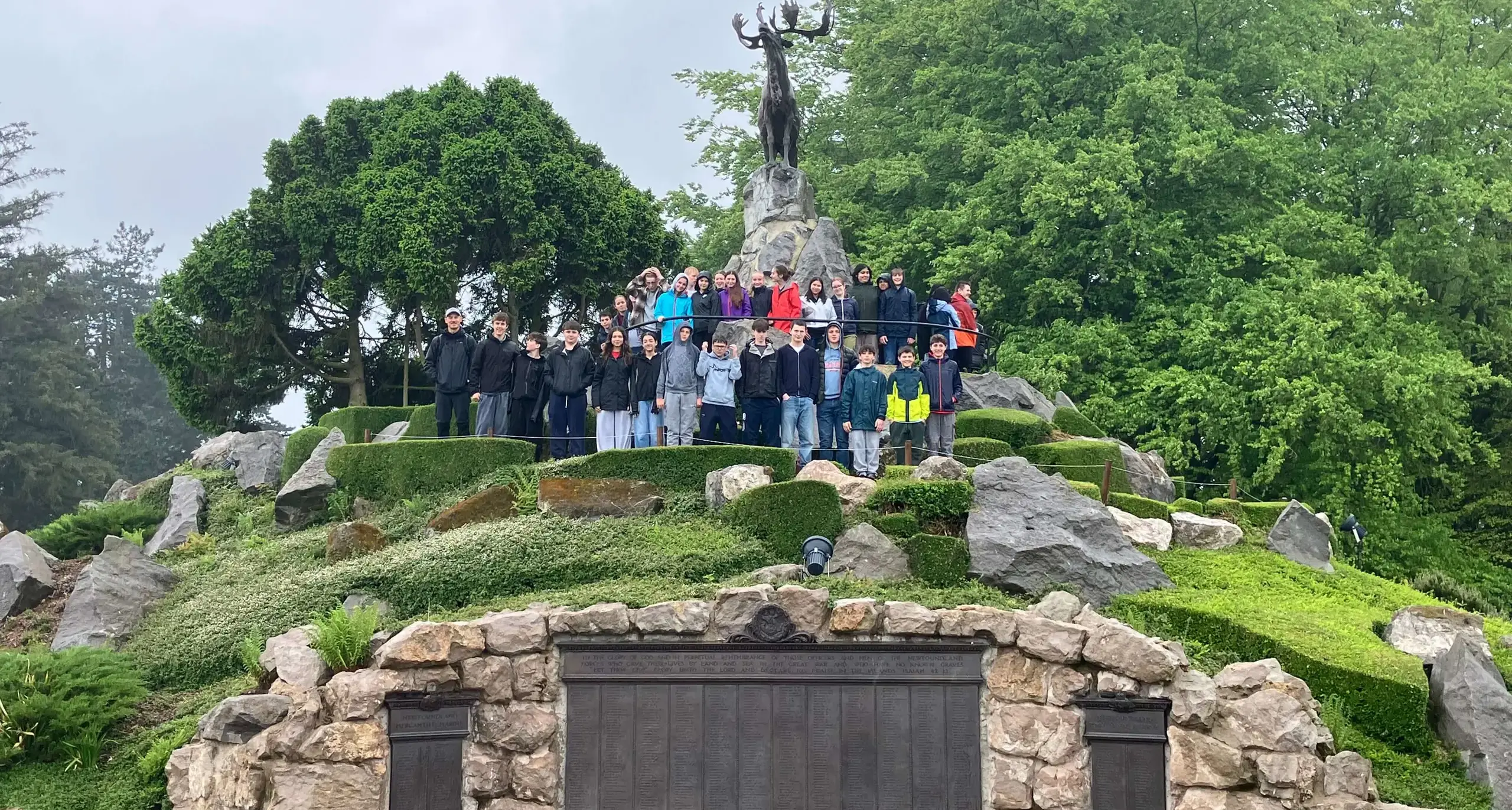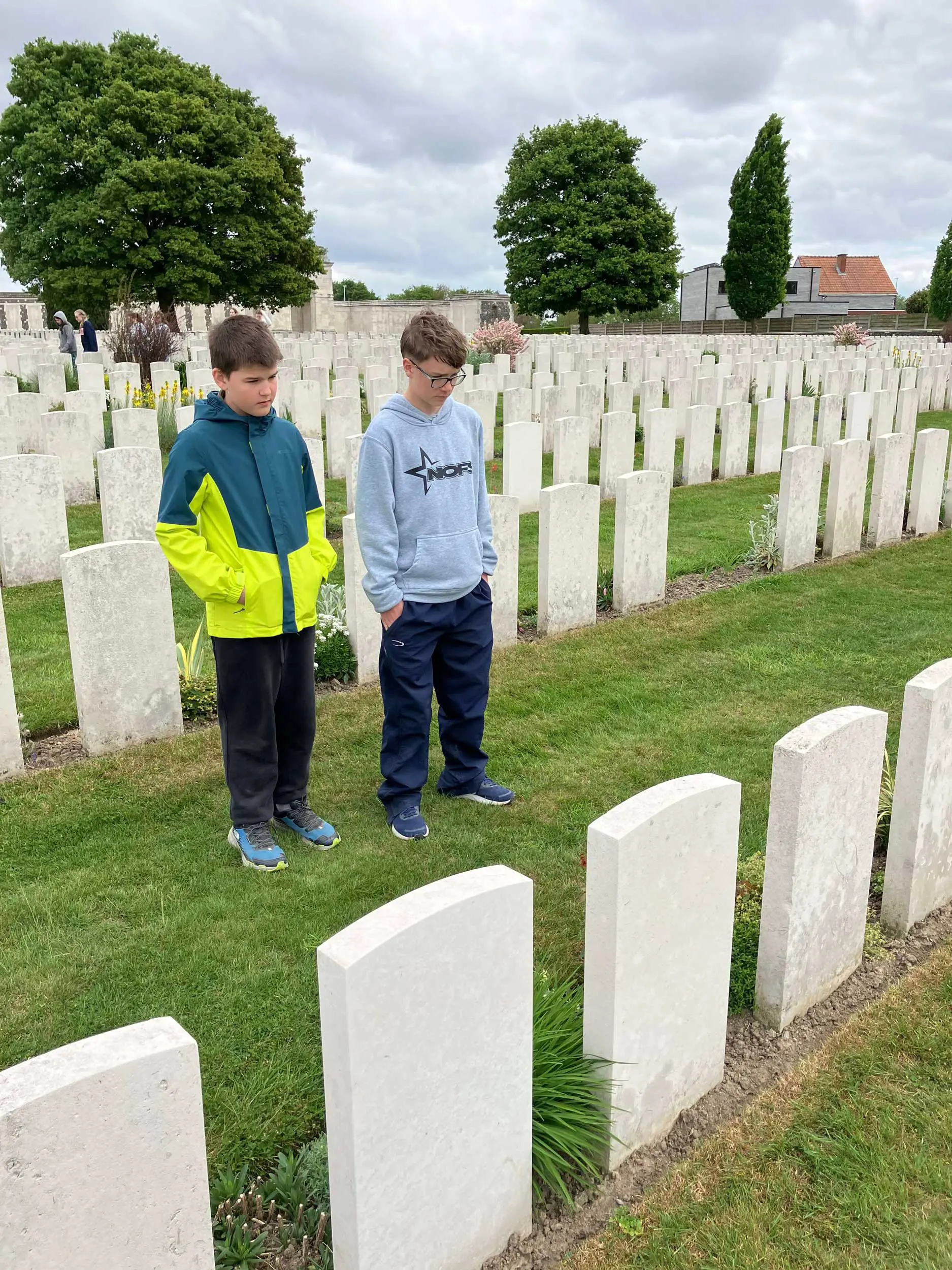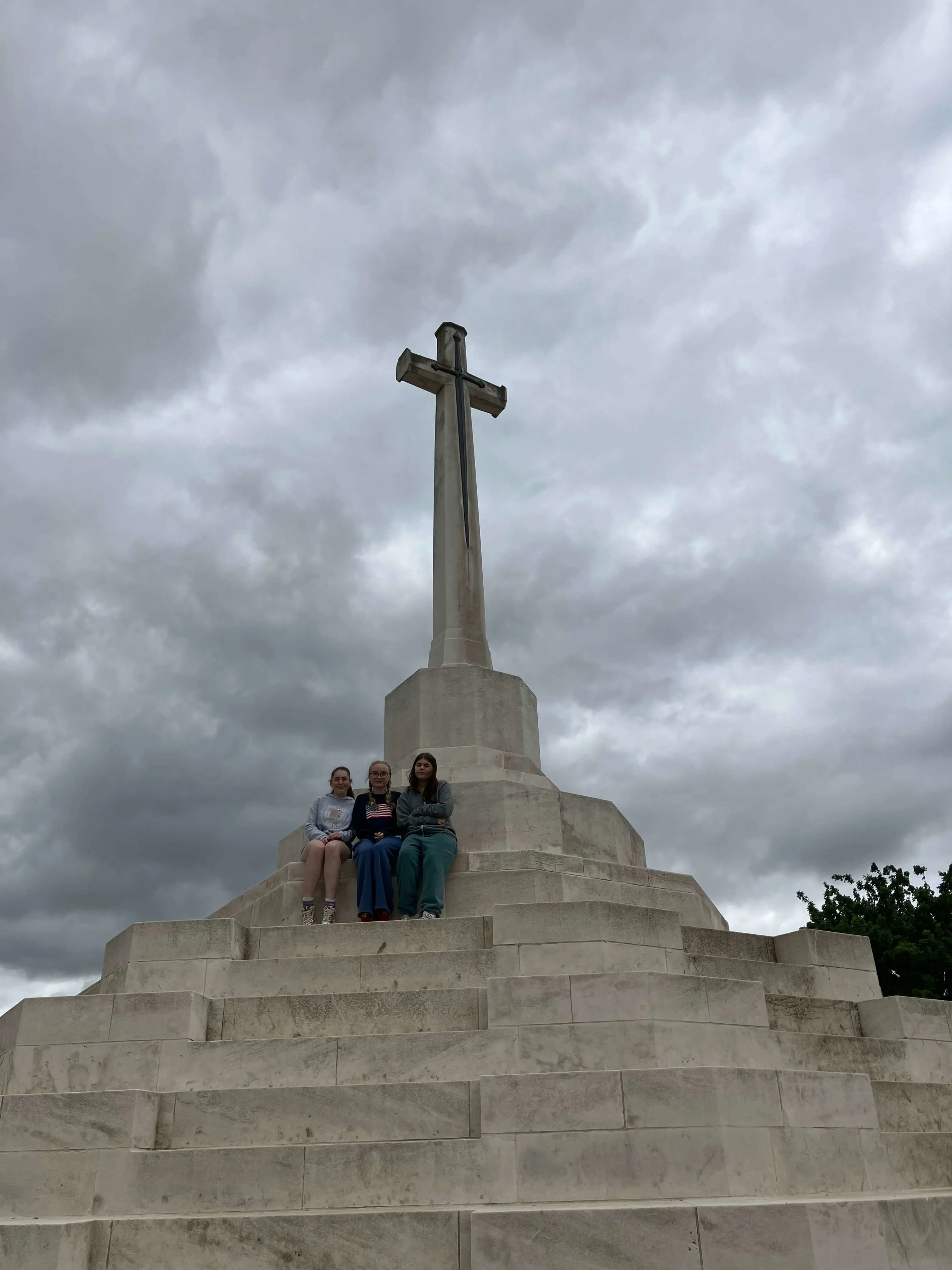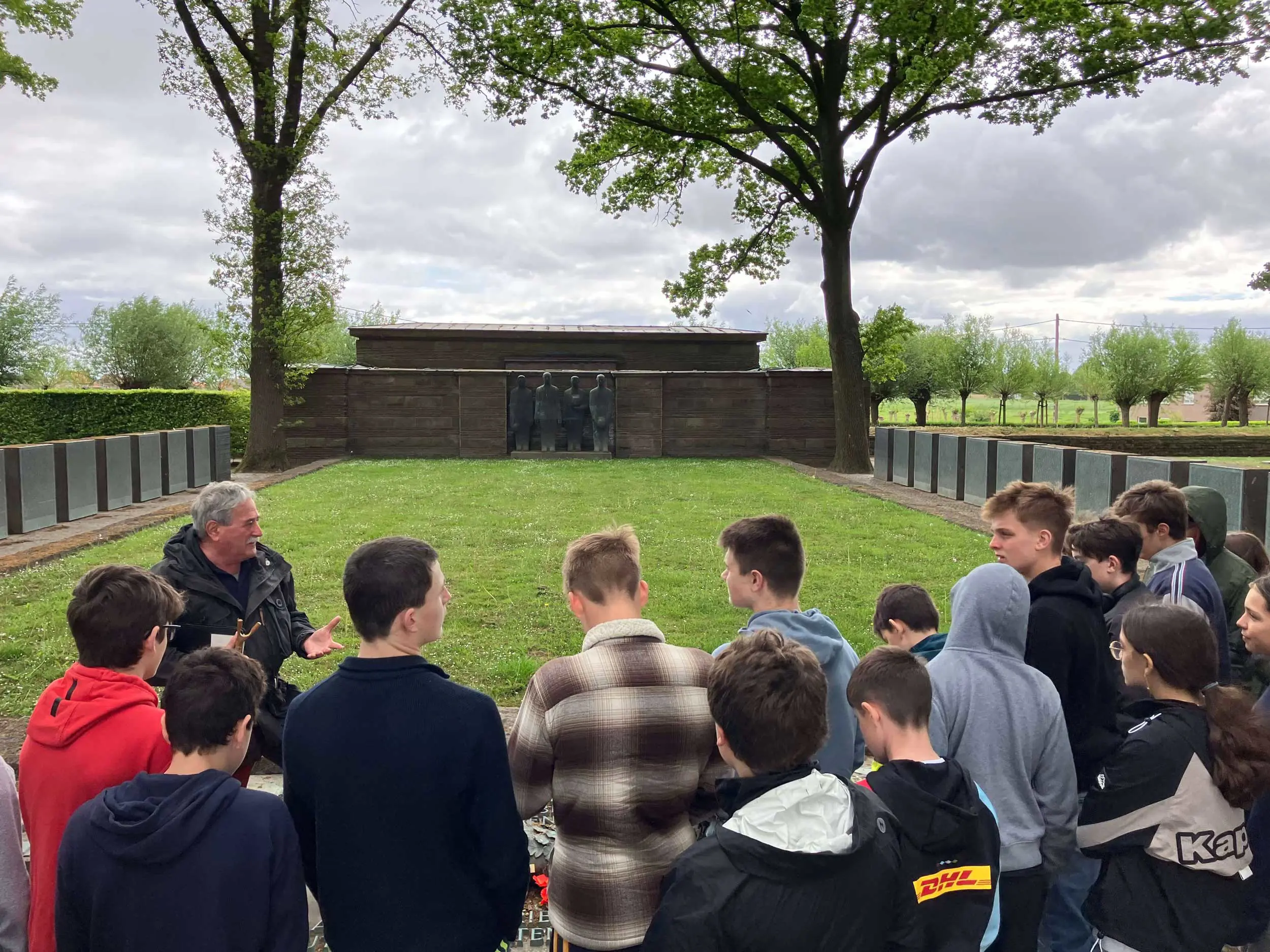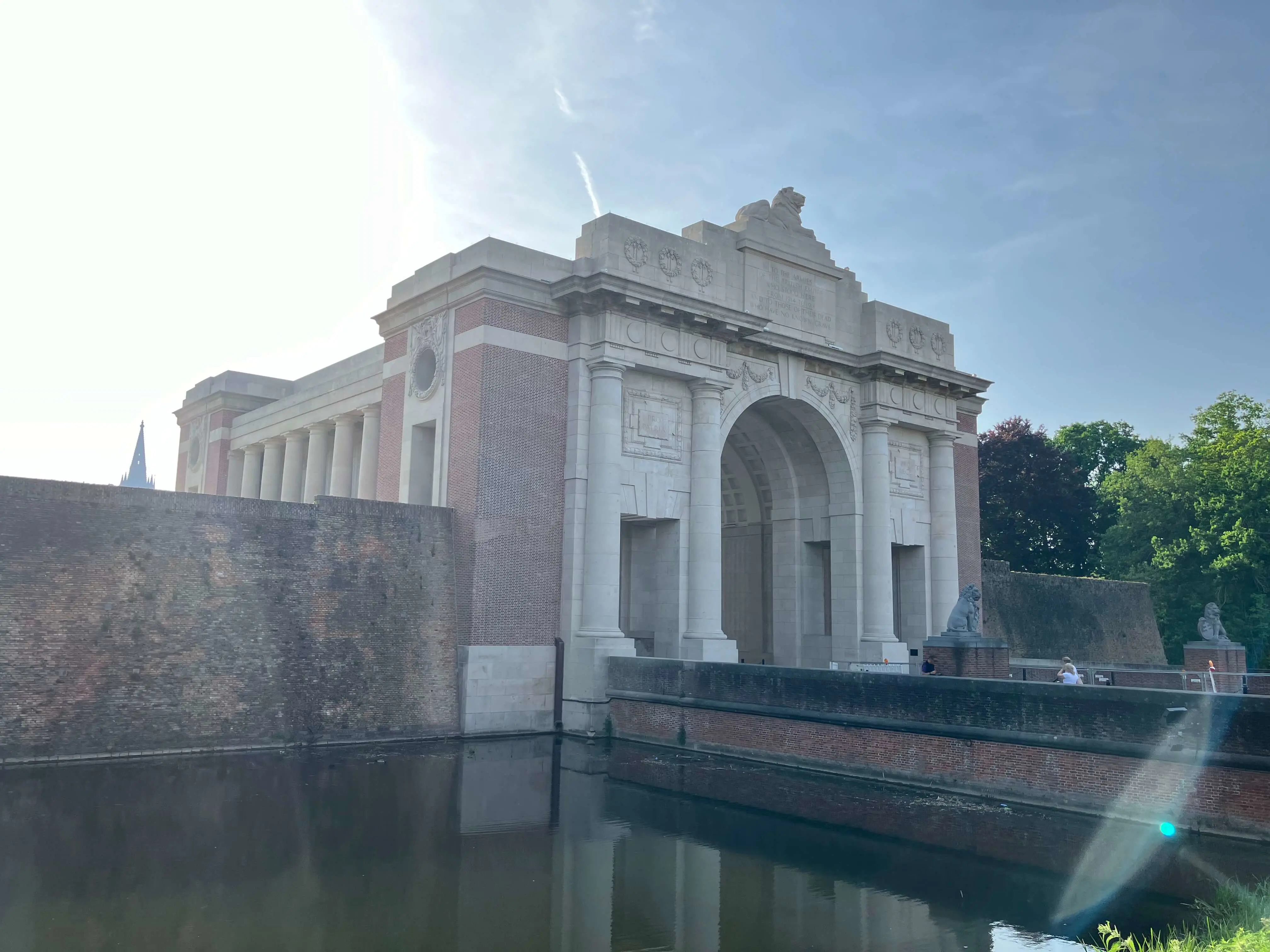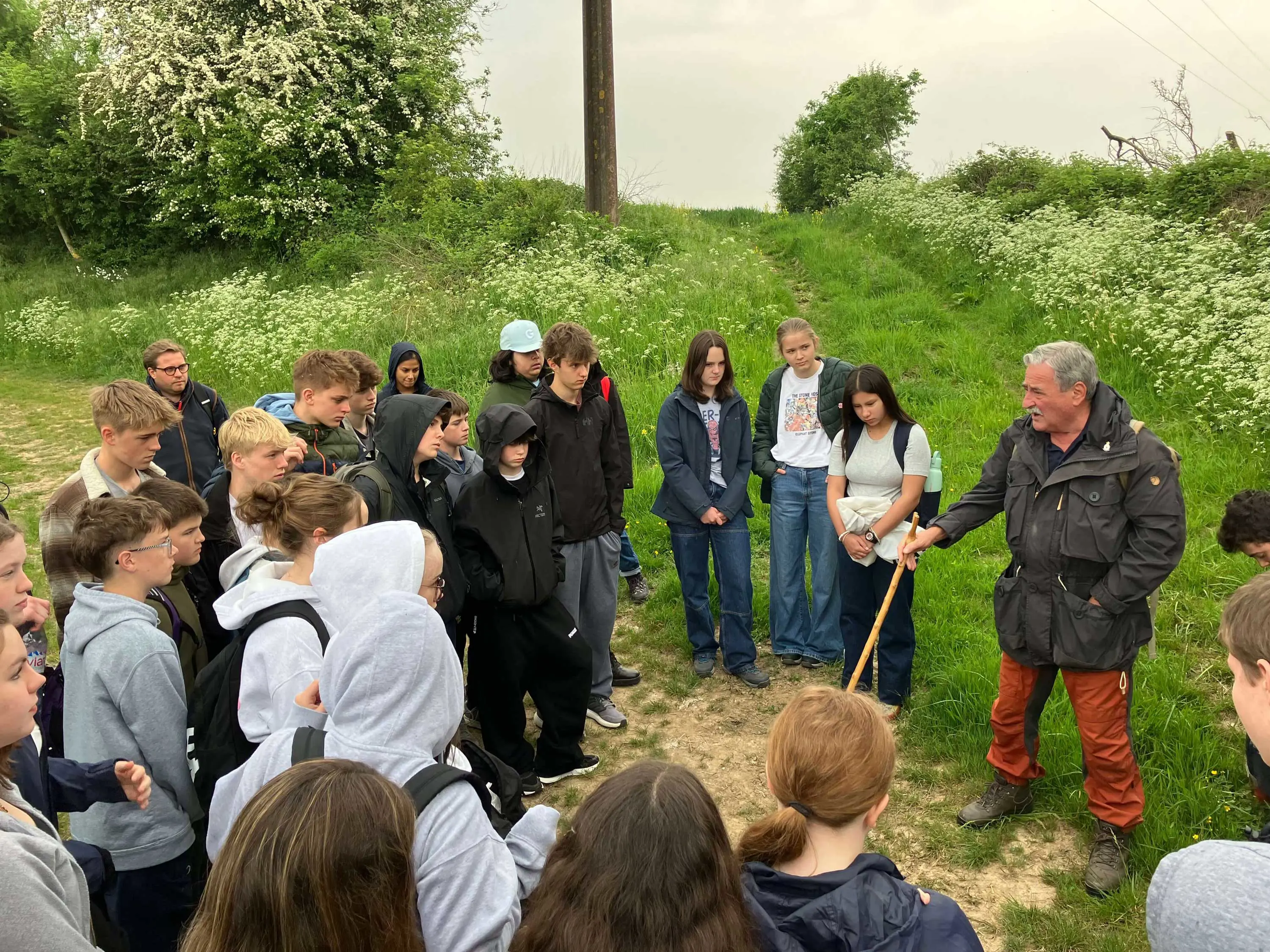During History, Year 9 have been learning about World War I and World War II. Students recently visited France and Belgium to explore the battlefields that were fought on a century ago. During the trip, they had the opportunity to visit a variety of landmarks and historical sites and have written an account of their memorable trip.
“Throughout the course of the trip, we were constantly reminded of the huge sacrifice that many young men, not much older than some of us at Embley, made during the Great War. As a group, we attended the Last Post Ceremony at Menin Gate in Ypres, Belgium. The Menin Gate is a memorial to those who went missing during the War, and it contains roughly 55,000 names. Many people across the globe attended the ceremony and a select few placed a wreath of poppies in remembrance. Embley was lucky enough to be able to place a wreath, and I was fortunate enough to have been selected to place it. 'The Last Post' and the 'Reveille' were played, a special tribute was made via bagpipes and a choir sang before the wreaths were laid. It was an incredibly special moment and one I wish to remember well. I hope that those missing men can feel our tribute as a school, of love and remembrance, wherever they may rest now.”
Dominik
At the Somme, we visited Sunken Lane and the rural roads that were tactical positions during 1916. Then, we crossed Canadian soil at Newfoundland Memorial Park. It was a surreal experience; it felt as if we had shifted continents, especially with native Canadian plants.
Later, we were shown the Lochnagar Crater, created by the detonation of a mine on 1 July 1916. Its massive size puts into perspective the impact of the battle, where so many lost their lives. Reportedly, it was heard as far as (for perspective) the crater is located in France.
We experienced mixed feelings on our last day of the trip – it was a blend of gratitude but also reluctance to part with what we had experienced. Our knowledgeable guide navigated us through the typical British soldier’s uniform of the time and selected a student to wear it, which was a light-hearted way of mixing the decades. A place which shifted the tides was the Langemark Cemetery, dedicated to the lost German soldiers. Remembering that both sides suffered harrowing defeats was an enlightening experience.
“In the outskirts of the village Langemark sits a large cemetery containing the remains of 44,000 German soldiers. While other cemeteries have white gravestones with colourful flowers, this one has grey stones embedded into the ground. One of the most interesting facts I’ve learned is that they don’t have any flowers due to some policies and customs put in place. Instead of flowers they have oak trees because it is similar to the forest/park in Munich, making it seem like they are back home. With this said, one of the most memorable things Alan, our tour guide, said is that we are lucky to be able to go home but they will never be able to. This made me realise that yes, they were affected, but the whole world was with the deaths of their loved ones and that they would have also waited for their sons, husbands and boyfriends.”
Greta
After such a brooding experience, we visited the Passchendaele Memorial Museum. This was, by far, a big highlight of the trip due to the breathtaking exhibits and sheer amount of history it contained. It is easy to imagine that war is like what you see in the movies, but the recreation of trenches, actual artefacts, facts and figures really opened our eyes to the unimaginable reality of it.
“The Passchendaele Museum had artefacts from the war including helmets, uniforms, rifles and more. I enjoyed the whole experience, learning about the fighting and how the soldiers fought for their lives. My favourite part was the trenches, these were scaled model trenches which we could walk around to get a feel of what it was like. I would say this was one of my favourite experiences.
Flo
“My highlight of the trip was Passchendaele Museum. The facts were really interesting, and I enjoyed looking at the artefacts but my favourite part of the museum was the ‘Falls the Shadow’ sculpture. It really moving, and on the plaque, it explains that lots of soldiers didn't die from the enemy, they died from being injured. Some drowned in mud, and the arm sculptures symbolised the sacrifice and futility. To me, I thought it represented new growth.”
Amelie
Lastly, we went to Tyne Cot. This cemetery was by far the most moving. It was such a vast area with so many rows of gravestones. Sitting by the cross and looking upon the graves below was such a heartbreaking feeling, and we all reflected a lot during the time we spent there. Overall, our trip was synonymous to opening a whole new realm. Everyone learnt so much during the trip and with all certainty, will remember it.


